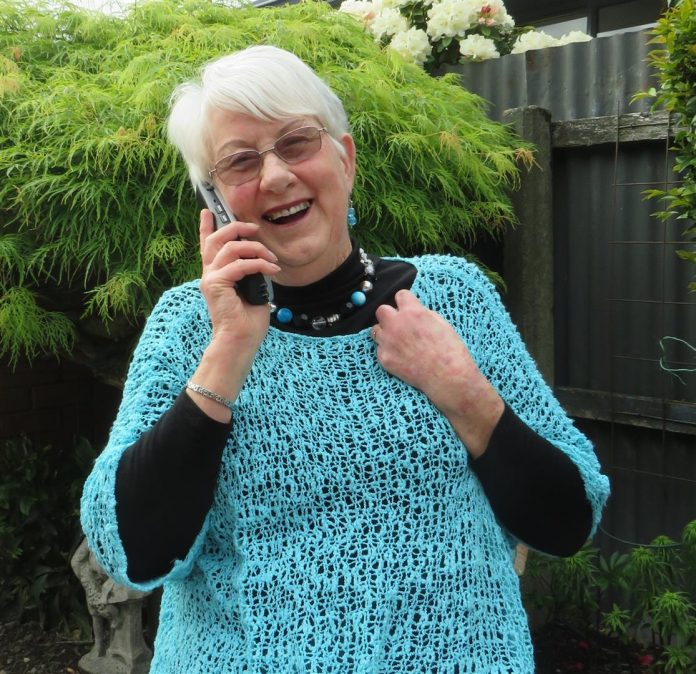

While most of us have 3000 tiny hairs in our ears, people like 75-year-old Ashburton woman Kathleen Vessey have 22 electrodes instead. They are part of a cochlear implant.
Today is Loud Shirt Day, an annual national fundraising campaign for The Hearing House and Southern Cochlear Implant Programme (SCIP). The two charities provide specialised listening and spoken language support to the thousands of New Zealanders with cochlear implants.
Kathleen was about sixweeks-old when it was discovered she had hearing issues.
She came to rely on hearing aids, but following a series of ear infections a cochlear implant was the last resort. This was installed one year ago, providing hearing in one ear.
‘‘Neither the hearing aid or implant will give me 100 per cent hearing. This is the best it’s going to be. It’s better than what it has been,’’ Kathleen said.
Cochlear implants bypass damaged portions of the ear and directly stimulate the auditory nerve. They are a small electronic device consisting of two portions, one which is surgically placed under the skin and one that sits behind the ear, magnetically held in place.
Kathleen said the device was ‘‘quite clever’’.
After receiving it, she made trips to Christchurch to get it programmed.
‘‘Many people thought that straight after receiving it I would hear. But it had to be programmed.’’
Then she had homework to complete every second day for 20 minutes, which her husband helped her with.
‘‘It involved Barry sitting alongside me, reading words to me, so I could get use to the sounds, etcetera.’’
It takes time and training to learn to interpret the signals received.
‘‘It sounded like spaceman, we were told it could sound robotic, tinny or like Donald Duck.’’
At first, background noises overwhelmed her. This is common with cochlear implants, because for so many years the ear has laid dormant, not being able to hear. She also experienced tiredness as her brain had to readjust to hearing the sounds.
‘‘It took a while before I would go out much or be in social settings.’’
If the implant stops functioning, Kathleen knows she needs to immediately get it seen to, so the nerves don’t go dormant again.
She has back-up batteries to ensure it continues to work. She can operate the system by remote control, changing the settings depending on where she is at, such as at home talking, watching television, or in an environment with lots of noise such as a restaurant or shopping mall.
Kathleen is part of a small group in Mid Canterbury which meets to share members’ implant journeys.
Kathleen has suffered from tinnitus, which is ringing or other noises in the ears.
‘‘The implant certainly has made life easier, from talking on the phone to not hearing my tinnitus or hearing it so loud, the implant has made a difference and I can hear better with it .’’
- Loud Shirt Day is today. Wear your brightest shirt, hold a fundraiser or make a one-off donation, see loudshirtday.org.nz



